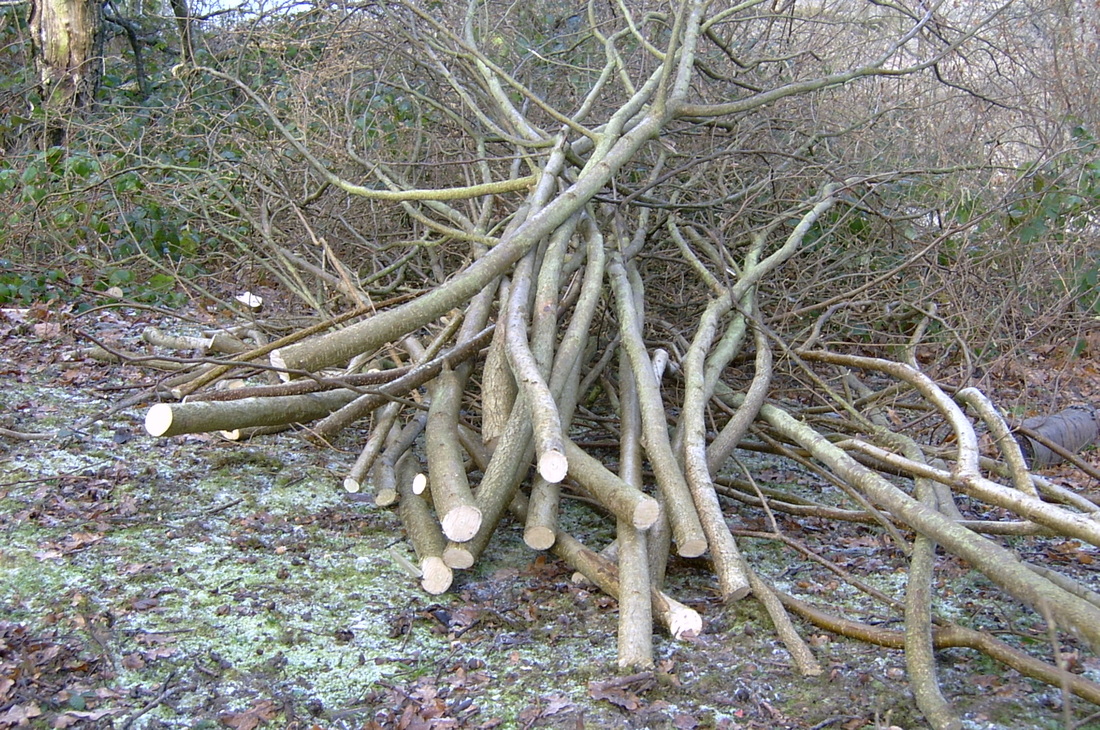
I trust the information provided in this article has been helpful. The act of coppicing trees is popularly practiced to control significant tree growth and deriving timber for building or firewood. As long as the trees are well established and have not experienced grafting, they will respond well. Cutting trees back creates space in the woodlands, allowing better penetration of sunlight and encouraging other trees and wildlife to thrive.Ĭhestnut and hornbeam trees used to be the most common candidates for coppicing, but now many more trees have been discovered to respond well to the practice. In the present day, many conservationists are leaning back to the practice of coppicing in a bid to increase biodiversity. Make certain that other people are at least twice the distance of the height of the stems you are about fell. Coppiced wood can also make different kinds of home and office furniture. aspects, on the coppice of tropical trees, although some tropical trees14> are recognized to have high coppicing abilities. Remove any young growth around the outside of the stool. For ages, the practice has been used to generate fuel (firewood) and building materials. The morphological distinction between leaves of micropropagated and seed-derived plants was no longer evident in the coppice regrowth. Pollarding and coppicing have for long been a vital aspect of wood management. The coppice growth was so vigorous in the 12 months after de-topping that total above-ground biomass equalled that of the 27-month-old saplings, irrespective of propagation source. If it’s a large tree, then the root system will channel the energy used in feeding the former large stem into producing a new one. Since coppicing takes advantage of the tree’s natural growth patterns, cut-off stems will be rapidly replaced by fresh, healthier shoots. Coppicing the tree to a manageable size for your yard or garden is always the better option if the tree can tolerate it and is not hazardous to the environment.

If you still want to have your tree around, then coppicing to control its growth is your best bet.Įxperienced arborists agree that managing a tree with the potential of growing too large is far better than removing it. Removing the tree is an option, but that would mean you have lost your tree. For instance, if you have a large tree close to your home planted in clay soil, coppicing the tree will slow down the growth of its roots, thereby curbing the threat of subsidence. You can use coppiced trees as border shrubs.īesides its ornamental benefits, coppicing trees is a simple way to manage a large tree (or trees) in a small garden. This depends on the tree species, of course.Ī coppiced tree can also provide excellent screening in the future since it is bound to grow more vibrantly.

The new development will allow you to determine the unique shape and size you want for your tree since you can prune it into the form of your choice.Ĭoppicing can also lead to the growth of vividly colored stems and foliage. The number of copses depends on how long a tree needs to regrow after each harvest. Forests were traditionally managed to allow for a coup to be harvested each year.

Coppice growth is an important species-specific trait. However, there was a divergence of height and diameter in their relationship with green mass yields on the two different site types.However, cutting back hard isn’t as harsh as it seems since the coppiced tree will bounce back with tremendous new growth. Coups: A section of trees within a copse. Fuelwood is still the primary energy source for rural households across the savannah biome of Africa. Allometric relationships between coppice height and basal stem diameter were constant at both the species and site levels. Most ERI and DIS clones grew comparatively better on the shale overburden site, but two of eight ERI clones and one of seven DIS clones grew significantly better on the acidic clay site, indicating the possibility for clonal selection for specific site adaptations within a species. Analysis of survival and growth uncovered genotype×environment interactions, indicating that both species and genotypic differences within species could be used to select better-adapted genotypes for extreme conditions.

Despite significantly poorer growth responses for several coppice biomass traits on a highly acidic clay deposit compared with adjacent shale overburden, these willow clones demonstrated a surprising tolerance for extremely acidic soil conditions. (ERI), native to eastern and central North America on two adjacent coal mine spoil sites that differed strongly in both pH (3.6 vs. We compared growth responses of 15 genotypes from two widespread willow species, Salix discolor Muhl. Acid-generating mine spoils with low pH are a major problem for revegetation and site reclamation. Coppice growth responses of two North American willows in acidic clay soils on coal mine overburden.


 0 kommentar(er)
0 kommentar(er)
